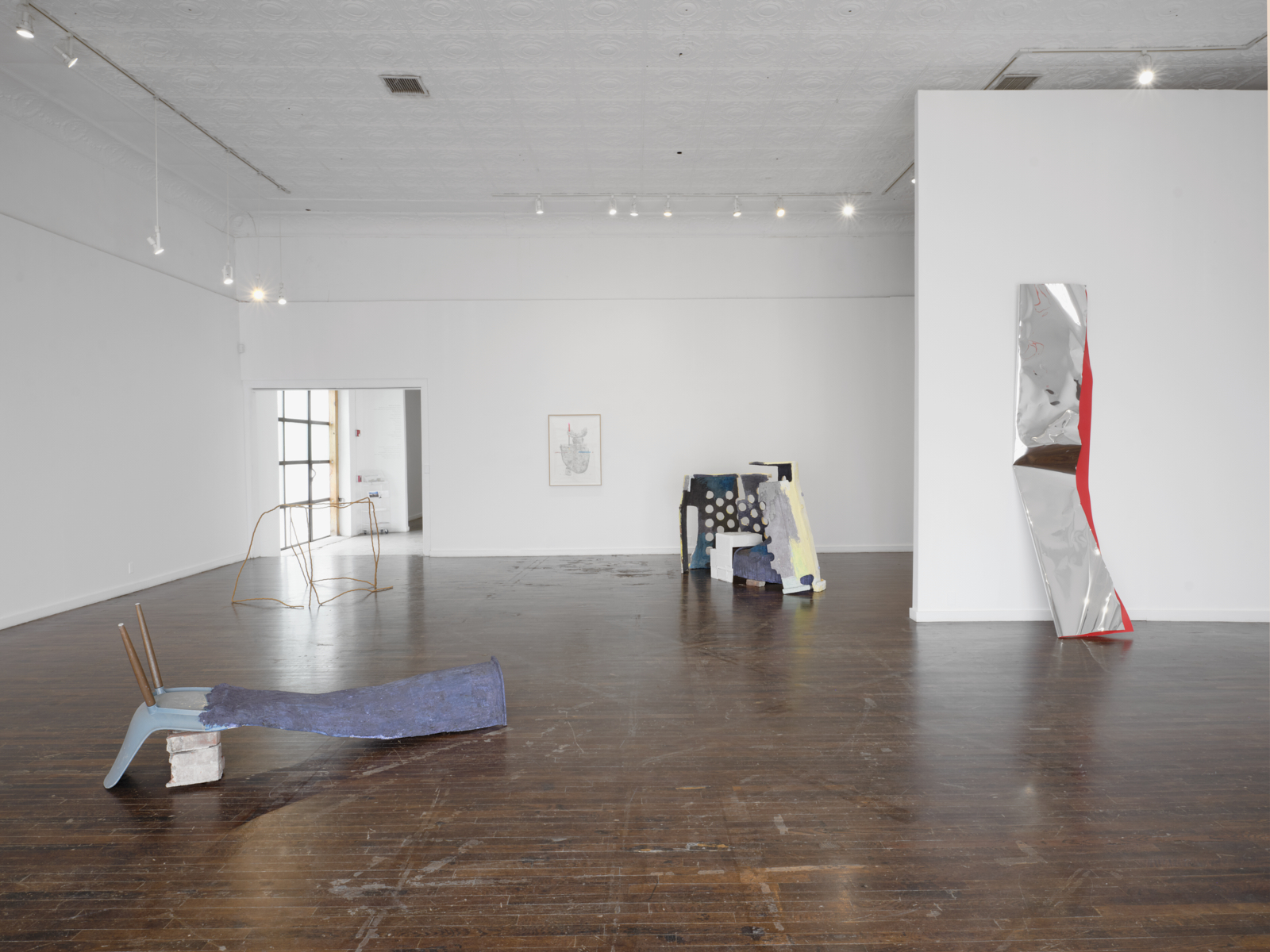Hubbard/Birchler in “Bomb”
8 Jul 2014

Giant, 2014. Teresa Hubbard / Alexander Birchler
High Definition video with sound 30min., loop. Courtesy of Tanya Bonakdar Gallery, New York and Lora Reynolds Gallery, Austin. Commissioned by Ballroom Marfa
Irina Arnaut for Bomb recently interviewed artists Teresa Hubbard and Alexander Birchler, whose solo exhibition Sound, Speed, Marker is currently on view at Ballroom. In it they discuss the making of their work Eight, Eighteen, as well as the three films included in the exhibition (Grand Paris Texas, Movie Mountain (Méliès), and Giant).
An excerpt:
Irina Arnaut: At the end of Giant, the secretary who’s been writing up the contract, gazes thoughtfully out the window and then looks directly at the camera/viewer. I wondered about that for a long time. Usually with a movie you think of the lead actors and directors first, then perhaps cinematographers, producers, and so forth—never really the secretary who drew up the production contract. Throughout your Giant, this secretary is the only person we ever associate with the 1956 production of Giant. So in a way she comes to represent the making of the 1956 Giant. When she looks directly at the camera, I couldn’t tell what she was thinking or what she meant except to claim her presence or existence—not confrontational, but certainly assertive. Were you interested in deconstructing or rearranging power dynamics often associated with the movies?
Teresa Hubbard: This is a perceptive insight about the secretary’s stance. She is the presence and placeholder for what is absent, yet she wears and alters this representation through the unfolding of the narrative.
Alexander Birchler: There are several moments throughout Giant—indeed in all the works we’ve been talking about in Sound Speed Marker, as well as Eight, Eighteen—where we consciously break the fourth wall, and, in different ways, employ strategies of Brecht’s distancing effect, or Verfremdungseffekt. We are interested in establishing a terrain that offers immersion for the viewer, in order to twist and entangle that kind of viewing position with other meta-positions.





